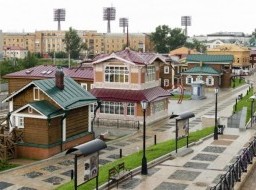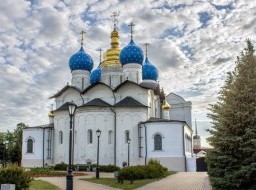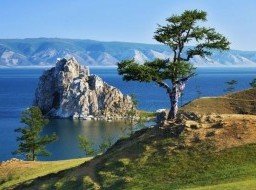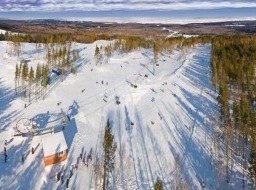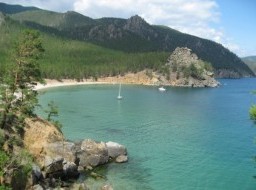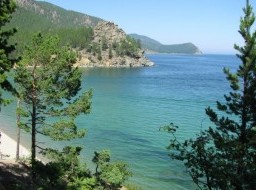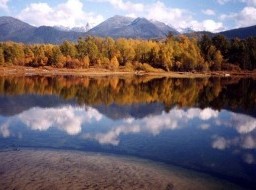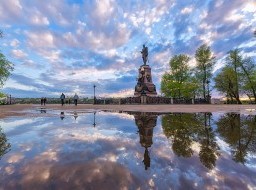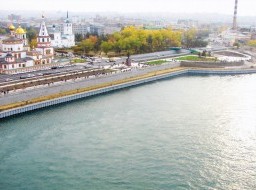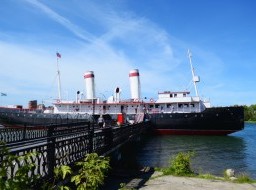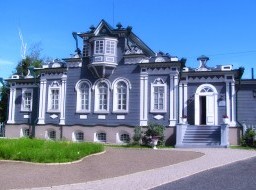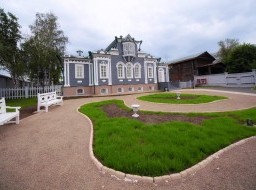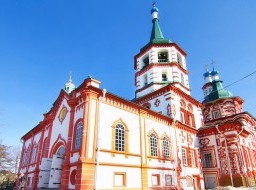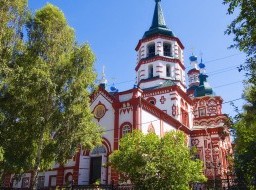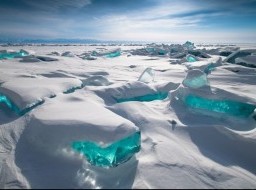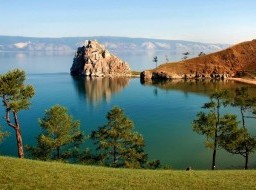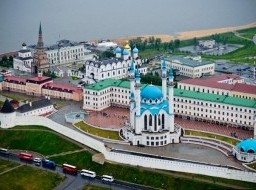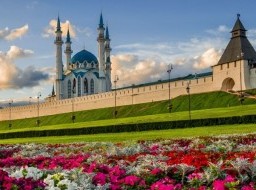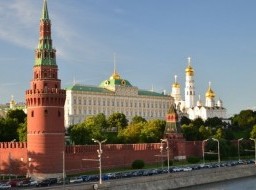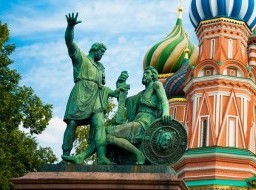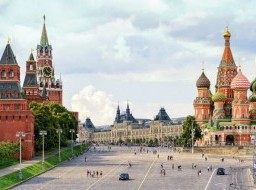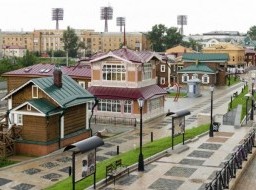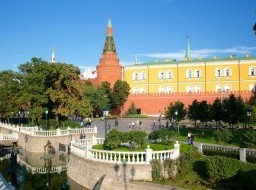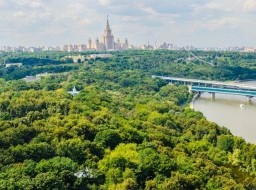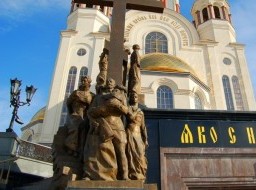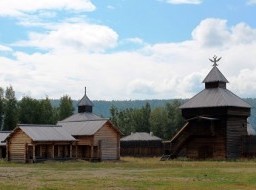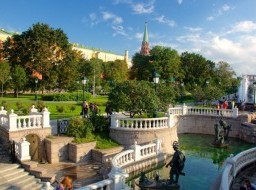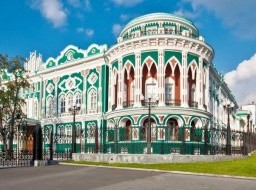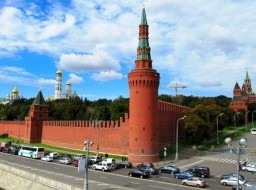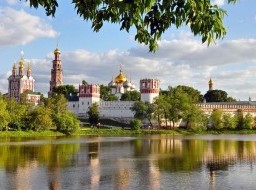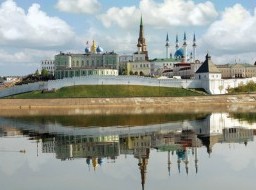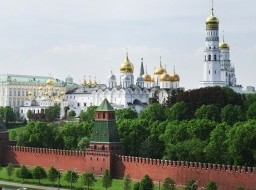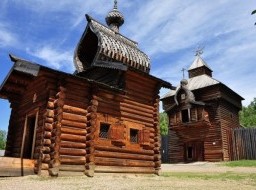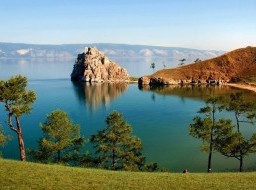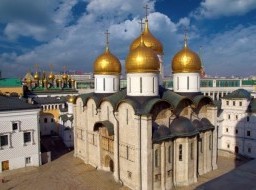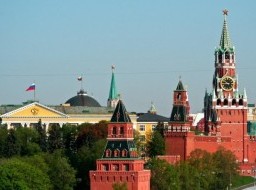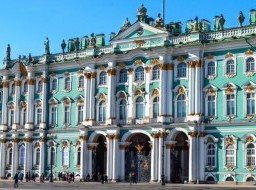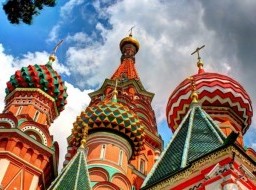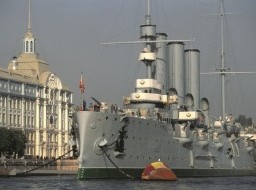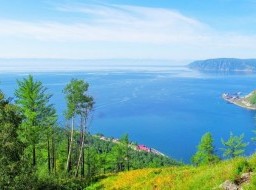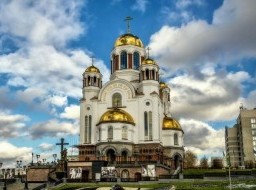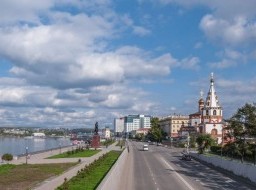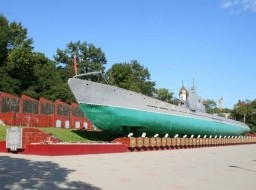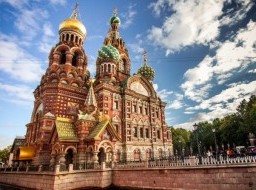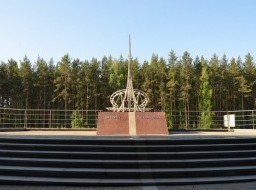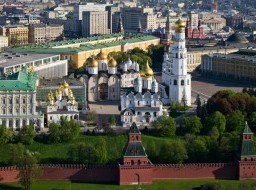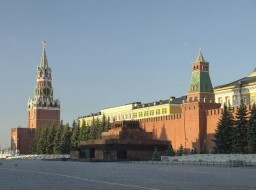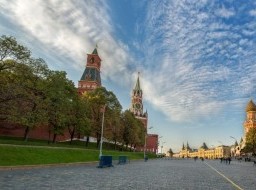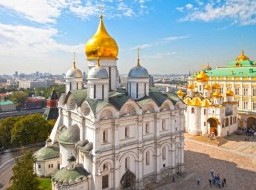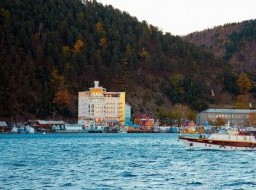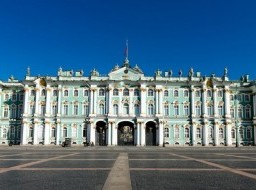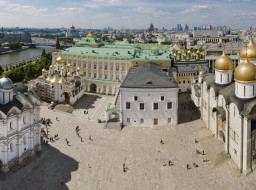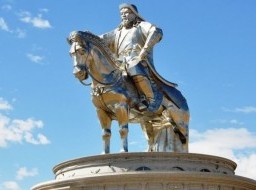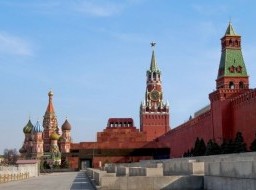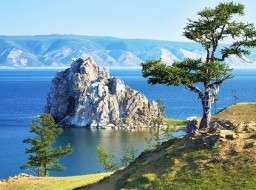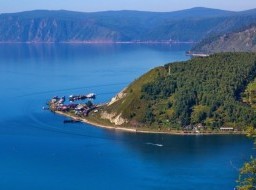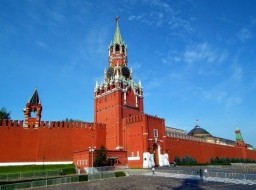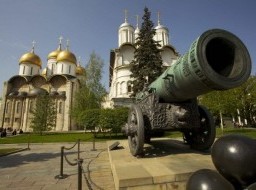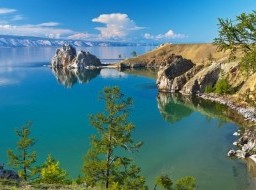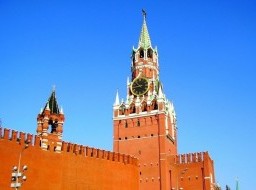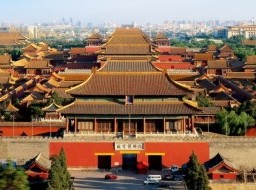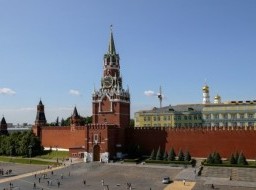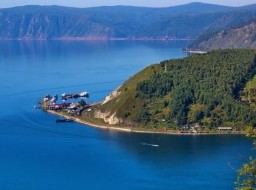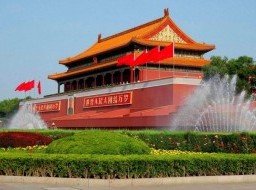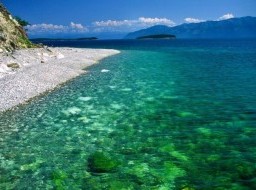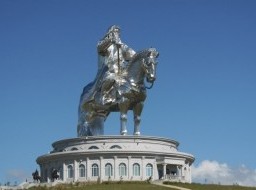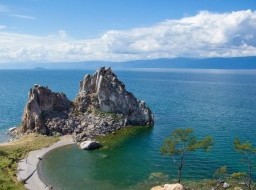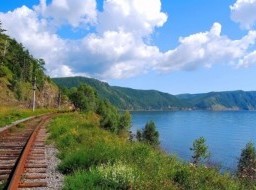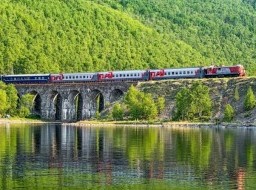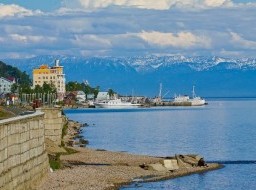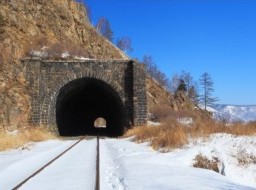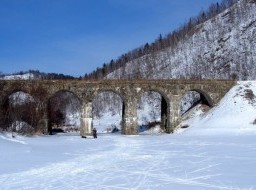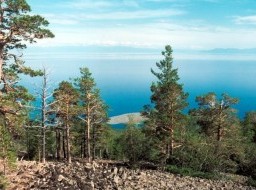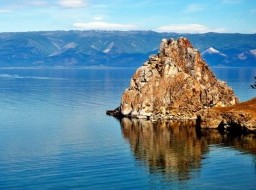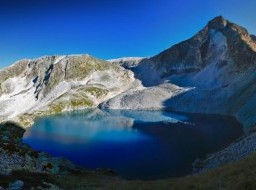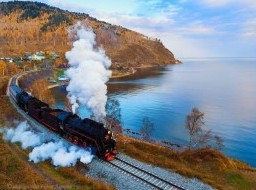Irkutsk
An unique old city, Irkutsk was known as «Paris of Siberia» in the middle of the 19th century. It plays a remarkable role in the Russian history and it's not accidentally called the city-museum. Irkutsk saves many ancient monuments, romantic look, church cupola's lighting upon the blue current of Angara River. This incredible city is called the midst of the Earth, since it's equidistant from the three world's oceans: the Arctic, the Pacific and the Indian. Irkutsk has the largest treasury of wooden architecture monuments among Siberian cities. The whole districts of the wooden houses are kept. The wood carving, lacy designs skillfully decorate ridge-roofed houses, window frames and door jambs. Wooden architecture and amazing carving, as seen in Irkutsk, is not present in any corner of the world. The Eastern Siberian city of Irkutsk is one of the oldest and most attractive Siberian cities. It has a long and eventful history which reflects fully the history of Siberia (meaning Sleeping Land), a vast and fabulous territory of Russia. The de facto capital of Eastern Siberia, pleasantly historic Irkutsk is by far the most popular stop on the Trans-Siberian Railway between Moscow and all points east. With fantastic Lake Baikal a mere 70km away, the city is the best base from which to strike out for the western shoreline. Amid the 19th-century architecture, revived churches, classy eateries and numerous apartment hostels, you can plan anything from a winter trek across the lake’s ice to a short walking tour through the city. This unique city began as a Cossack settlement in 1661. A new trading outpost was built near the confluence of two beautiful rivers, the Angara and the Irkut (meaning Fast Flowing River). The name of the city originates from the name of the river Irkut, which came from the language of native Siberians belonging to Mongolian ethnic clan. Proximity of sacred Lake Baikal, two amazing rivers determines the soul of the city and its people: calm, kind, patient and generous. Picturesque Siberian spaces, blessed earth, forests and rivers, the proximity to the places of Siberian peoples inhabitance– Buryats, Evenks and others contributed to the fast development of Irkutsk fortress. In the early nineteenth century, many Russian artists, officers and nobles were sent into exile to Siberia for their part in the Decembrist revolt against Tsar Nicholas I. Irkutsk became the major center of intellectual and social life for these exiles, and much of the city's cultural heritage comes from them; also, many of their wooden houses, adorned with ornate, hand-carved decorations have survived up to the present day in stark contrast with the standard Soviet apartment blocks that surround them. Irkutsk is famous for its wooden architecture. It has preserved many of monuments including ancient log structures. Siberian wooden houses of course differ from the log structures of the European Russia. The wide streets and ornate, continental architecture made Irkutsk "Paris of Siberia". House of Europe - one of the most beautiful wooden houses in Irkutsk. In terms of the number of churches, Irkutsk is distinguished from other cities of Siberia and Far East. By 1917, Irkutsk had 2 cathedrals, 3 monasteries and convents with their own churches, 22 parish churches and 28 churches in institutions: schools, hospitals and military regiments, 9 chapels. Irkutsk may be proud of all-Siberia famous Spasskaya church, which was built as early as 1706. Bogoyavlenskiy (Epiphany) cathedral was built in 1718 and is still functioning. The territory of Znamenskiy (Omen) monastery is also the residence of bishop of Irkutsk and Angarsk. Kharlampievskaya church, which is located in the very center of the city, is the church, where Admiral Kolchak, the supreme ruler of Siberia, had his wedding. A newcomer to Irkutsk immediately falls under impression of its historic memory, which is primarily imprinted into the city's architecture. In today's Russia, this city belongs to museum-cities because it was able to preserve the romantic appearance of relaxed and careful construction and radiance of golden domes above the blue Angara. Irkutsk is the astonishing city of vivid cultural traditions. It has been the home for birth and development of Siberian school of painting. The first provincial picture gallery was opened here, and the first novel was written here. Works of Irkutsk writers are widely known not only in Russia, but also far abroad. Modern Irkutsk is a historical city, which combines magnificence and unique nature of a historical center with blocks of modern buildings, traditions of the most intelligent and educated Siberian city with modern industrial, research and educational potential. Transsiberian railway and federal road Moscow - Vladivostok run through Irkutsk. Today Irkutsk still remains at crossroads of transportation routes, which bind the West and the East of Russia and connect Russia with China and Mongolia. |
|

